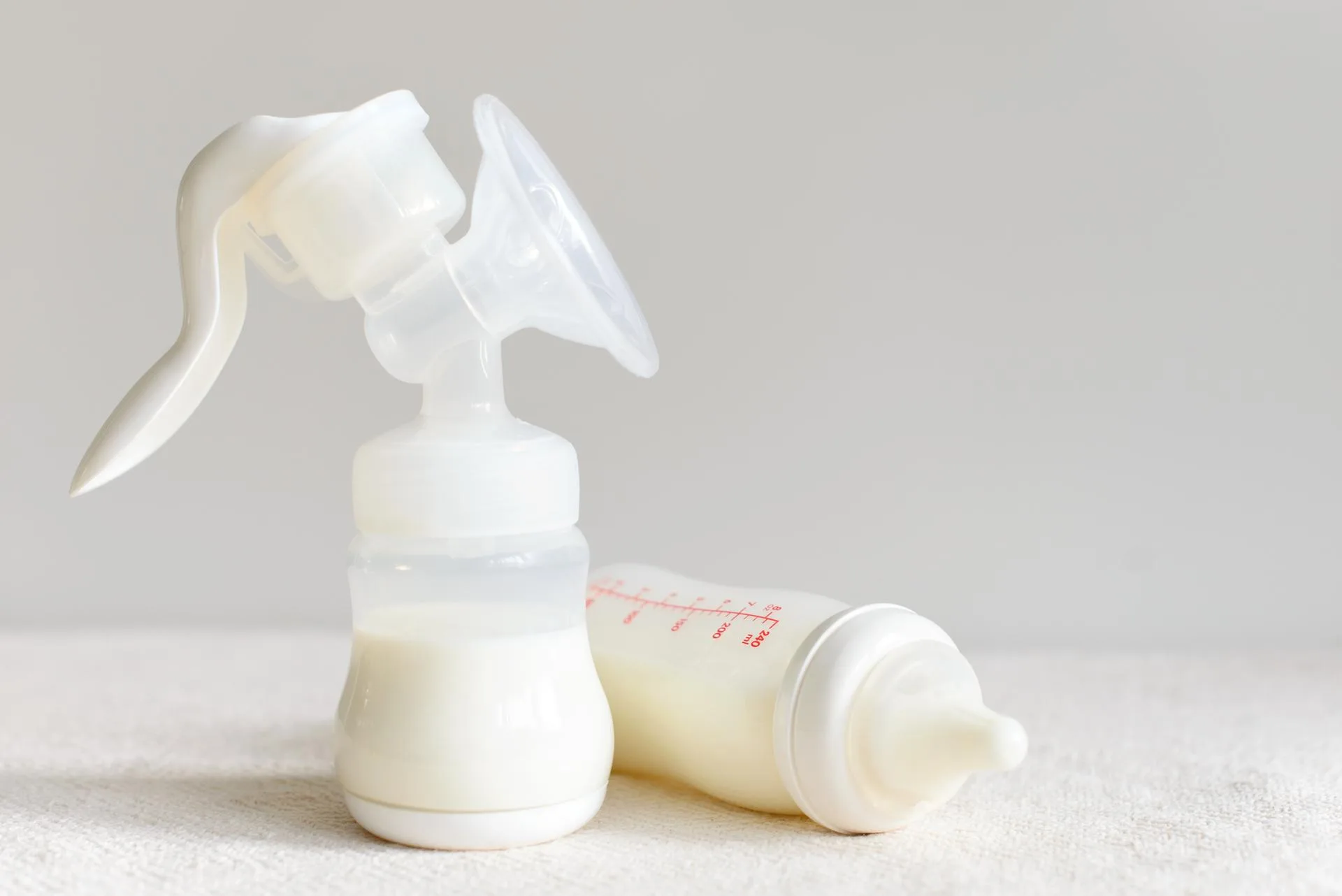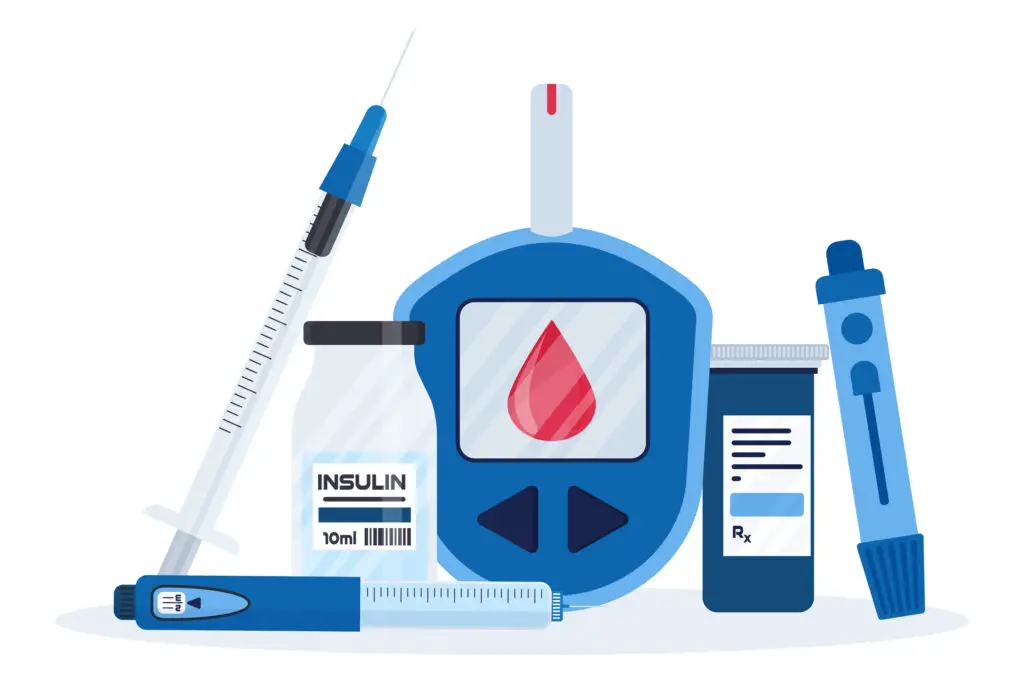Table of Contents
Breastfeeding is one of the most wonderful ways to bond with your baby. Also, it’s essential as it fulfills the nutrition of the baby. However, it’s a natural process, and the mother and the baby gradually learn their way.
Regarding right breastfeeding, there can be some technicalities and different positions. If you are wondering how to breastfeed a newborn, here is a complete guide. Keep reading to learn important factors around breastfeeding.
Let’s have a look!
How to start breastfeeding?
Before starting breastfeeding, you must know a little about milk production. Milk production(lactation) occurs in pregnancy due to changes in levels of estrogen and progesterone hormones (3). This leads to colostrum secretion, a thick, yellowish-white fluid that is proteinaceous and nutritious (3).
There can also be changes in the appearance of breasts, like increasing the number of milk ducts around the nipples, darkening of nipples and areola, increased veins, etc. (4).
Pre-milk (colostrum) is secreted around the twelfth to sixteenth week of pregnancy (3).
With all the hormonal and physical changes, the body prepares for lactation. Now, just after labor, you can start breastfeeding at the hospital. Feed colostrum to the baby to give them the most tailored and abundant nutrition (6).
You can seek the assistance of a nurse or lactation consultant. You and your baby will naturally know how to latch ( the process where a baby attaches to his mother’s breast to breastfeed) with some trials.
Suppose you can’t do it properly or have trouble removing the baby from the latch position; you will easily learn the breastfeeding process with expert guidance and techniques.
How to know when the baby is hungry?
Here are some signs which will tell you if the baby is hungry (7):
- They may touch or reach out to your breasts.
- They may suck continuously. It can be their hands, piece of cloth, etc.
- Making lip-smacking sounds.
- They may also turn their head and open their mouths to find the source of the milk.
- The hunger cry is relatively low-pitched and short (8). Crying is usually the last sign of hunger, ideally to be avoided.
How to breastfeed a newborn? Step-by-Step Guide
Here is a complete guide for breastfeeding moms:
Step 1: Get ready for breastfeeding

Breastfeeding not only provides nutrition to the baby, but it’s also a bonding time. It has several benefits for the mother and baby (9).
To prepare for breastfeeding, you can follow these steps:
- If breastfeeding for the first time after the birth, you can maintain skin-to-skin contact with the baby (10, 11).
- Take the assistance of your partner or family.
- If necessary, don’t hesitate to seek help from the lactation consultants.
- Always wash your hands pre- and post-feeding. Also, follow good hygiene practices.
- Keep a burp cloth, nursing pillow, breast pump, etc. supplies nearby.
- Create an environment that you and your baby enjoy.
Step 2: Choose a comfortable breastfeeding position
It will help a lot to choose a breastfeeding position where you and your baby feel most comfortable. It’s different for everyone; you will learn it with time.
The position should be comfortable enough for perfect latching. Ensure you have enough support, get the position right and cozy, experiment with different positions, and see what is best for you.
Here are some of the most popular holding positions:
Side-lying position: The side-lying position is helpful for nighttime feeding (12). You can lie on your side and keep a pillow on your back for comfort. Bring the baby close to you, facing toward your breasts. Also, provide the baby with a pillow.

Cradle hold: Hold your baby on the bend of your elbow (13). In this position, the baby should be on your breastfeeding side, with a hand supporting the baby’s head and neck. Place your breasts near the nose of the baby.

Step 3: Support your breasts properly

Support your breasts properly so the baby can get the maximum milk. You can try these tips to support the breasts:
- Use a breastfeeding pillow to support your breast.
- Hold your breast or areola for a better angle.
- You should see if the baby has a nipple and mostly an areola (especially the bottom part) in the mouth.
Step 4: Latch your baby onto your breast correctly

Here are the tips for latching (14):
- Bring your baby close to the breast facing you.
- You can try to touch your tummy with the baby’s tummy.
- Always place the breast near the baby’s nose to create a perfect angle.
- Tickle the baby’s lips so that they open it. With their natural reflex, the baby will come to the breast.
- Let your baby’s mouth wide open and scoop the breast as much as they can (If the baby only has nipples in the mouth, they may not have proper milk).
- Baby’s lips should be turned outward like a fish, especially the lower lip.
- A baby’s body should cling to your body.
- There should be ample support to the baby’s neck and head.
- The baby’s head, neck, and body should be in a straight line.
If the baby turns away due to distraction, gently stroke the baby’s cheeks facing the breast. They will turn and start suckling again. With proper practice, you will know that the baby sucks milk correctly.
Step 5: Monitor baby’s swallowing and signs of feeding

Now, once breastfeeding is initiated, you must notice signs. For example, you will see the baby’s cheek, jaw, and ear having rhythmic movements. Also, there will be a sound of the baby swallowing or gulping.
You should notice the strong, steady suck-swallow-breath pattern in the baby’s mouth.
Step 6: Make yourself comfortable

After checking your baby’s positioning and ensuring they are suckling smoothly, it’s important to relax yourself, especially your shoulders. Find a comfortable position and use pillows or blankets to support your arms, back, and neck. Self-soothing helps maintain the release of oxytocin, which can make feedings more efficient and satisfying (15). This can bring happiness not only to your baby but also to you.
Step 7: Break the latch safely if necessary

Suppose you notice that the latch is incorrect or you have to pause breastfeeding. You can gently try this technique, insert a clean finger in the baby’s mouth, and press the breast back. It helps to break the suction gently (16).
When to start breastfeeding?
Breastfeeding can start as soon as a few hours after birth to have its benefits (17, 18). You should hold your baby with skin-to-skin contact. It boosts breastfeeding and relaxes the baby and the mother.
Moreover, you can take the help of a lactation consultant, doctor, midwife, partner, or any close person. The first milk after birth is called colostrum, the thick yellow fluid that is the baby’s first food (5). It has lots of nutrition and antibodies, which is important for the baby (19).
After a few stages, your milk matures and changes its composition (20). You should know that the hormone prolactin controls the production of milk (21, 22). Also, hormones like estrogen and progesterone play a part in preparing the mammary gland for milk secretion (23). Plus, you may have noticed milk leaking in the later pregnancy (24).
The production of milk starts with the demand and suckling of babies (25). Therefore, with an expert’s help, you can initiate this breastfeeding after birth.
What is the let-down reflex?
A let-down reflex is when the breast milk comes out and is ready to flow (26). You may notice a lot when you have not fed your baby for long, or the baby is crying. It’s a natural reflex where milk may leak from the breast not being used.
The let-down reflex gives a tingling in the breasts, and it’s quite common. Moreover, it makes breast milk feeding easier.
How often to feed your baby?
After giving birth, babies typically need to be fed every 2 to 4 hours, including at nighttime (27). However, every baby and mother is unique, and it all depends (28).
There is a breast’s natural mechanism. When they become full or firm, usually it might be the time your baby shows signs of hunger too. Setting alarms is a strategy to remind yourself to hear your body’s messages and may help establish a good pattern at the beginning of the lactation period.
Continuing to breastfeed on baby’s demand is the best, your breasts and baby may adjust to your feeding routine in a few days (28, 29). Therefore, identifying the hunger cues of your baby is important, such as suckling sounds, eye-opening, searching for milk (breast), etc.
How long should a feeding last?
Usually, a nursing session can be 15 minutes from a single breast. The first milk has more water and lactose content(foremilk), which fills babies’ thirst first. As the feeding continues, milk is suckling out, and the breast is gradually softer. This is the time that fat content increases; the last milk is called hindmilk (30). Your baby should get this hind milk.
Although setting reminders based on time can be helpful, it may not take individual differences between mothers and babies into account (28).
Therefore, breastfeed a baby based on your own and your baby’s needs. Allow the baby to nurse from the first breast until either the breast becomes very soft or your baby is full. If your baby is still not satisfied, offer the second breast (31).
There is no need to watch the time or compare with others; simply rely on your own feelings.
How long to breastfeed?
There are many benefits of breastfeeding, and you should do it as long as you like. You should breastfeed the baby totally for six months (27). After six months, the baby should be breastfed with the addition of baby solid foods (27).
It’s recommended to boost feeding till one year. Also, breastfeeding can go up to two years or more (27). According to studies, the longer the baby breastfeeds, there is more protection from certain illnesses and long-term diseases (32).
How do I know if my baby is getting enough breast milk?
Many mothers worry if the baby is getting enough milk. There are a few points that will help you determine it (33):
- When the baby comes off the breast at the end of feeds and is happy after breastfeeding, their tummy is full.
- If there are still signs of hunger (7), it means they may not be getting enough milk.
- It is important to keep track of the baby’s urine and bowel movements. Babies should have six to eight wet cloth diapers or five to six disposables in a 24-hour period. The urine should be clear to very pale yellow, and the bowel movements should be soft and yellow (43).
- The baby is having normal weight gain.
When and where to seek breastfeeding help?
You should seek help from consultants, doctors, or other experts in case you are having trouble breastfeeding. While breastfeeding, you may experience the following:
- Sore nipples (34)
- Engorgement (35)
- Mastitis or other breastfeeding-related infections (36)
- Supply concerns
If you notice unusual symptoms, you should consult the doctor.
Do I have enough milk for my baby?
You will produce more milk if you breastfeed more. Observe certain signs, including feeding frequency, which depends on your baby’s needs and may occur every 1 to 3 hours. Your baby’s happiness and activity level, adequate urine and stool output, and following the weight-length growth curve chart indicate that your baby is receiving sufficient milk.
How can I increase my milk supply?
Good nutrition and hydration are essential to support your body to produce milk. Gentle and proper breast massage techniques can also be helpful. Feeding the baby more often is the best way to stimulate milk production. Make sure to feed until the breast is soft, latch properly, and feed from both breasts.
What can I do if my nipples get sore or painful?
Breastfeeding mothers can seek professional advice and use over-the-counter medication or ointment, which are safe for babies and mothers.
Summary
Breastfeeding is a magical journey that bonds mother and baby. More importantly, it gives amazing and tailored nutrition to babies. You should take your time with the process to build a perfect practice around breastfeeding. Moreover, you can get help from professional advice.
Awareness around breastfeeding, the right practices, and avoiding myths are best for the mother and baby. So, be around your loved ones and identify your baby’s feeding needs. Have happy breastfeeding and motherhood!

















Comments
0